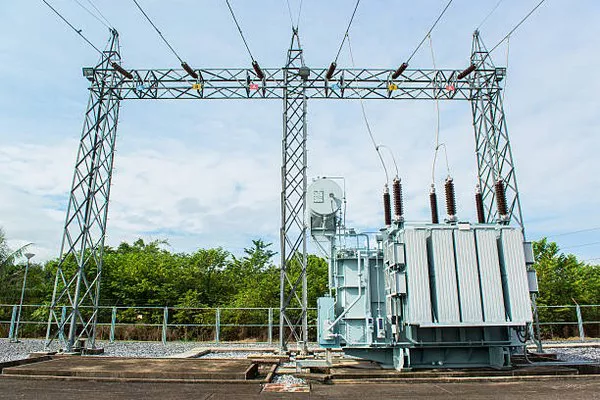The transformer, an essential component of modern electrical systems, has played an indispensable role in shaping the way we harness and distribute electrical energy. This remarkable device has a rich history that spans over a century, with contributions from several pioneering inventors and engineers. In this article, we will explore the evolution of the transformer and delve into the question of who can be credited with its invention.
The Birth of Electromagnetism
Before we embark on our journey to discover the inventor of the transformer, it’s important to establish the historical context surrounding the development of electromagnetism. The 19th century was a period of remarkable innovation in the field of electricity and magnetism. Scientists like André-Marie Ampère, Michael Faraday, and James Clerk Maxwell made groundbreaking contributions that laid the foundation for the transformer’s eventual invention.
The Faraday Connection
One of the early influencers in the development of transformers was the British scientist Michael Faraday. His work on electromagnetic induction in the 1830s was instrumental in understanding the principles that underlie transformers. Faraday’s experiments with coils of wire and changing magnetic fields established the concept of electromagnetic induction, which forms the basis of transformer operation.
However, it’s important to note that while Faraday’s discoveries were fundamental to the development of transformers, he did not create a functional transformer as we know it today. His work primarily focused on the theoretical aspects of electromagnetic induction.
The Pioneer: William Stanley
The title of the inventor of the modern transformer is often attributed to the American engineer William Stanley. In the late 19th century, Stanley made significant strides in transforming Faraday’s theoretical concepts into practical devices. His work culminated in the development of the first practical alternating current (AC) transformer.
Stanley’s transformer design included two coils of wire, a primary coil connected to an AC power source and a secondary coil connected to the load. The key innovation in Stanley’s design was the use of iron cores within the coils, which greatly improved the transformer’s efficiency and performance. This design laid the foundation for the modern transformer and its widespread use in electrical distribution systems.
Furthermore, Stanley’s contributions extended beyond the invention of the transformer. He played a crucial role in the development and promotion of AC power systems, which eventually led to the famous “War of Currents” between Thomas Edison’s direct current (DC) system and George Westinghouse’s AC system. AC ultimately prevailed as the more practical and efficient choice, thanks in no small part to the transformative power of Stanley’s inventions.
Parallel Progress: Lucien Gaulard and John Dixon Gibbs
While William Stanley is often credited as the primary inventor of the transformer, it’s important to acknowledge the simultaneous progress made by other inventors. In 1883, the French engineer Lucien Gaulard and English engineer John Dixon Gibbs patented a transformer design in Europe. Their transformer, known as the “Gaulard and Gibbs transformer,” was similar in principle to Stanley’s design.
The Gaulard and Gibbs transformer also featured iron cores and two coils, one for the primary and another for the secondary winding. This design allowed for the efficient transmission of electrical power over long distances, making it a critical advancement in the field of electrical engineering.
The invention by Gaulard and Gibbs contributed to the popularization of the transformer on the European continent and played a significant role in the development of electrical power systems worldwide. While their work paralleled that of William Stanley, it is Stanley who is often more prominently associated with the transformer’s invention in the United States.
Conclusion
The invention of the transformer is a testament to the collaborative and evolutionary nature of scientific and technological progress. While the theoretical groundwork for transformers can be traced back to the pioneering work of Michael Faraday in electromagnetic induction, it was engineers like William Stanley, Lucien Gaulard, and John Dixon Gibbs who transformed these principles into practical devices that revolutionized the world of electrical power distribution.
William Stanley’s contributions in the United States and the development of practical AC transformers played a pivotal role in shaping the electrical power landscape, ultimately leading to the widespread adoption of alternating current systems. Meanwhile, Gaulard and Gibbs’ work in Europe further advanced transformer technology and contributed to the global expansion of electrical power networks.
In conclusion, the invention of the transformer is not the product of a single inventor but rather the result of the cumulative efforts of multiple scientists and engineers over time. While William Stanley is often celebrated as the primary inventor of the modern transformer, it is essential to recognize the contributions of all those who played a part in bringing this transformative technology to life. The transformer remains a symbol of innovation and progress in the field of electrical engineering, driving advancements in energy efficiency, power distribution, and countless applications that have shaped the modern world.

